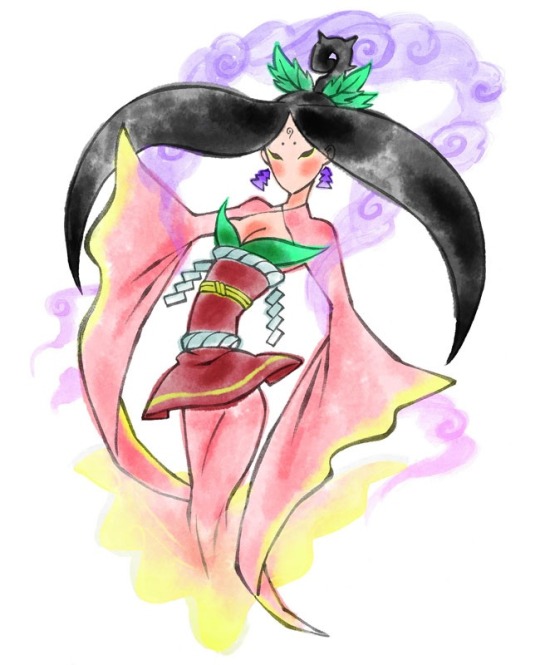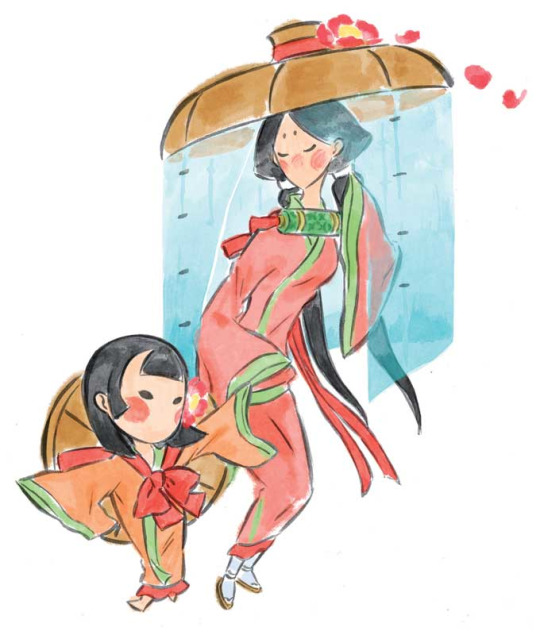#fuji yama
Explore tagged Tumblr posts
Text

[Akimitsu (autumn light)] openwork decorative round fan, with beautiful golden dawn on Mount Fuji seen throught turning maples.
#japan#art#craft#uchiwa#round fan#fan#fuji yama#mount fuji#autumn leaves#maple leaves#momiji#koyo#kouyou#autumn in japan#着物#帯
285 notes
·
View notes
Text
Cherry blossom by the river with Mount Fuji in the background / Japan

4 notes
·
View notes
Text
Cherry blossom by the river with Mount Fuji in the background / Japan

0 notes
Text
Cherry blossom by the river with Mount Fuji in the background / Japan

0 notes
Text
Cherry blossom by the river with Mount Fuji in the background / Japan

0 notes
Text
Cherry blossom by the river with Mount Fuji in the background / Japan

0 notes
Text
Cherry blossom by the river with Mount Fuji in the background / Japan

1 note
·
View note
Video
20241031 Kiyosato 3 by Bong Grit Via Flickr: 更にすこし移動して、清泉寮へ。雲が増えてきました。富士山の左手前はたぶん金ガ岳ですね。 Photo taken at Seisenryo, Oizumi area, Hokuto city, Yamanashi pref.
#Mt. Fuji#Fujisan. Fuji-yama#Mountain#Volcano#Sky#Cloud#Clouds#Scenery#Scene#Landscape#View#Tree#Trees#Forest#Nature#Plant#Seisenryo#Jersey Hat#Kiyosato#Hokuto#Yamanashi#Japan#Nikon#Nikon D850#AF-S NIKKOR 24-70mm F2.8G ED#flickr
7 notes
·
View notes
Text
Un volcan au Havre - ( RC )
L’esplanade aurait pu continuer,Indéfiniment.Il suffisait d’aligner les plaques de béton.Tant que l’espace le permet.Sans accroc.Propice aux courses folles,Où viennent voleter des sacs en plastique. Il y a encore les traces de peinture renversée,Puis les arcs sombreslaissés par les pneus des voitures. C’est un espace sec, infertile,De plaques préfabriquées,Où la ville a chassé …

View On WordPress
0 notes
Photo

Shibazakura Flower Festival with Mount Fuji in the background, Japan
0 notes
Text
Shibazakura Flower Festival with Mount Fuji in the background, Japan

0 notes
Text


May 2023
The standard wisteria is starting to bloom, its flowers smell like bubblegum 💜
#cottagecore#flowersarelove#spring#flowers#spring colour#wisteria#japanese wisteria#Wisteria Brachybotrys Iko Yama Fuji
0 notes
Text

Anonymous Japanese photographer, Fuji-no-Yama (before 1918)
From a series of glass-plate transparencies depicting life in turn of the century Japan, collected in Yokohama by Herbert Geddes (manager for a Canadian import/export company) in the years 1908-18
from here
34 notes
·
View notes
Text

Kanji are Chinese characters made in ancient China, and brought to Japan. Each kanji has its own meaning.
The easiest kanji is "一"(one). We write a bar from left to right.
For "二"(two), we write a short bar and a long bar below it.
And for "三"(three), we write three bars from top to bottom.
(More than four, it's completely different.)
The other 3 characters above are hieroglyphs type. I think you can understand how they were made, at a glance.
Even for us Japanese, kanji are difficult to write and read as well, because one character can have multiple readings. For example, 山 can be read as "yama", "san" or "zan", like Mt.Fuji is 富士山(Fuji-san).
It's said that we use around 2,000 kanji in our daily lives, and there are still so many kanji that we don't know.
Kanji help us quickly understand the meaning of sentences, and sentences without kanji are even more difficult for us to read.
#learning japanese#apothecary romaji#japan#japanese#apothecary english#the apothecary diaries#apothecary diaries
19 notes
·
View notes
Note
Is there any pattern with inspiration/relation to Konohana Sakuya?
Hi! Konohanasakuya-hime is the titular deity of Mount Fuji. She's traditionally associated with fleeting cherry blossoms because of this part of her myth:
Sakuya-hime met Ninigi on the seashore and they fell in love; Ninigi asked Ohoyamatsumi, the father of Sakuya-hime for her hand in marriage. Oho-Yama proposed his older daughter, Iwa-Naga-hime, instead, but Ninigi had his heart set on Sakuya-hime. Oho-Yama reluctantly agreed and Ninigi and Ko-no-hana married. Because Ninigi refused Iwa-Naga, the rock-princess, human lives are said to be short and fleeting, like the sakura blossoms, instead of enduring and long lasting, like stones (via wikipedia).
I have never encountered kimono or obi directly hinting at this goddess, but if you'd like to reference her, any sakura (flowers on trees or not, falling petals etc) and mountain pattern (Fujisan if possible of course ^^) would work nicely!
She's also a goddess associated with sake brewing, so sakura + sake objects (like masu or sakazuki cups for ex.) would be very cool!
If you are going a darker route, sakura + fire pattern could hint at the birth hut episode of her story - which also links her persona to volcanoes. (Note that sakura+braziers is usually a pattern association hinting at nighttime cherry blossom viewing parties)
(anyone played Okami around here? I just realized the camellia sisters could be a reference to this part of Konahana's mythos :3)


#japan#art#pattern#sakura#cherry blossom#mount fuji#fujisan#fujiyama#Konohana sakuya#goddess#sake#masu#sakazuki#okami game#japanese pattern
122 notes
·
View notes
Text



MADILLO[マジロー] clipped out of ARMADILLO[アルマジロ] given the sustained O~ I guess it could be romanized as MADILLOH or MADILLOW. I'll be real I forgot all about these guys
BERARUSEKUTO[ベラルセクト] no idea how this one should be parsed... the -SEKUTO bit at the end is almost certainly -SECT from INSECT, given the Beaclon bits. But I have no clue what's going on with the BERARU up front because every one of those syllables has an alternate reading: is it BE or VE, RA or LA or RER or LER, RU LU or R or L???
SAI-TANK[サイタンク] SAI[犀]: "Rhinoceros" and TANK



DEVI-MADILLO[デビマジロ] DEVIL ARMADILLO nice and easy
KEMUDILLO[ケムジロー] I don't know what's with this one exactly... Might be a play on KEMUSHI[毛虫]: "hairy caterpillar" and ARMADILLO in part because the SHI[シ] and DI[ジ] are only differentiated by a diacritic. I dont get why the ferret and armadillo made a fuzzy worm though.
MOMO-DILLO[モモジロー] MOMO[桃]: "Peach/Pink" and ARMADILLO


FUJI-YAMA-TLE[フジヤマタートル] from FUJISAN[富士山]: "Mt.Fuji" where the SAN[山]: "mountain" also reads as YAMA[山] and at first assumed TORU would've been from "Tourist" or something, but that's not how they phoneticize that... So I'm not actually sure. Oh wait, is the TORU just from TURTLE[タートル]?? Also I have no idea why it's a kappa
KAKERO[カケロー] from KAKERO[駆ける]: "to run/dash/race"
2 notes
·
View notes